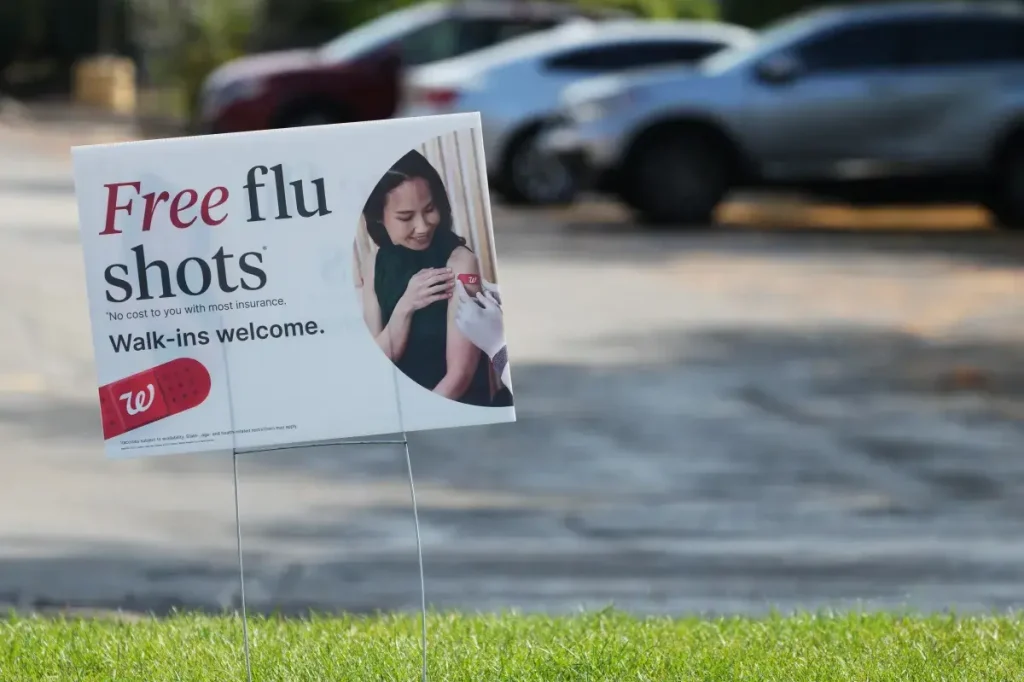CDC Disease Tracking Hampered by Government Shutdown as Flu Season Approaches
As winter approaches, the ongoing government shutdown threatens to disrupt critical health monitoring systems just when Americans need them most. The Centers for Disease Control and Prevention (CDC), which normally provides real-time tracking of contagious illnesses like flu, COVID-19, and RSV, has been unable to update many of its crucial health dashboards. For example, the National Wastewater Surveillance System’s COVID-19 monitoring report hasn’t been updated since September 20, nearly two weeks before the shutdown began on October 1. This data gap comes at a particularly concerning time as we enter the peak months for respiratory illnesses, leaving healthcare providers without the early warning systems they’ve come to rely upon for preparation and resource allocation.
The implications of these tracking disruptions extend far beyond mere inconvenience. Hospitals and healthcare systems nationwide depend on CDC dashboards to anticipate disease surges and prepare accordingly. Dr. W. Ian Lipkin, a renowned epidemiologist and director of the Center for Infection and Immunity at Columbia University’s Mailman School of Public Health, explains the significance: “It allows you to see if there’s an uptick in a particular area of an infectious disease, which would clue you into the fact that there are new risk factors that you need to take account of.” This proactive approach to disease management enables healthcare facilities to adjust staffing levels, prepare beds, and stockpile necessary supplies before an outbreak overwhelms their resources. Without timely updates, hospitals may find themselves caught unprepared, potentially compromising patient care during critical surge periods.
The government shutdown, now in its fifth week, began on October 1 when Congress failed to pass a funding bill, halting non-essential federal services. While the Department of Health and Human Services (HHS) stated that “mission-critical activities” related to imminent disease threats would continue during the shutdown, many routine but vital monitoring functions have been paused. HHS has characterized the situation as a “Democrat-led shutdown” that “thwarts the CDC’s capacity to continue to publish routine flu data from its public health partners.” Regardless of political attribution, the practical reality is that the intricate network of disease surveillance—which normally flows from local health departments to state agencies and ultimately to federal databases—has been significantly disrupted, creating dangerous information gaps at a crucial time.
The CDC’s work extends far beyond simple data collection. As Dr. Lipkin explains, most CDC funding is reallocated to state and regional health departments that track diseases and provide samples to identify circulating pathogens. This surveillance network helps determine hospitalization rates, the prevalence of specific illnesses like influenza or COVID, and guides vaccination strategies. Without proper funding, the CDC cannot effectively operate its dashboards or analyze incoming data. The consequences ripple throughout the healthcare system: vaccines may not match circulating strains, resources might be misallocated, and hospitals—already threatened by Medicaid funding reductions—could face overwhelming patient volumes without adequate preparation. “There are many people who became very ill during the pandemic because they had things that had nothing to do with COVID,” Lipkin noted, highlighting how an overwhelmed system impacts all patients, not just those with infectious diseases.
The disruption in CDC operations also has global implications for public health planning. Respiratory viruses “boomerang” between northern and southern hemispheres, with vaccine formulations for each region being determined six months in advance based on what’s circulating in the opposite hemisphere. “We make decisions about what vaccines we’re going to use six months from now based on what’s circulating in the southern hemispheres,” Dr. Lipkin explained, adding that southern hemisphere nations similarly rely on U.S. data for their planning. If the United States fails to maintain robust surveillance and vaccination programs, it creates what Lipkin describes as a “very destructive cycle” that extends well beyond American borders. The CDC’s role in tracking other communicable diseases like measles, diphtheria, and pertussis is equally critical to global health security.
As healthcare systems attempt to “soldier on” without federal support, Dr. Lipkin emphasizes that sustainable solutions require renewed government commitment: “The government has to begin to invest again in surveillance, vaccination and in the basic science that makes it possible for us to develop the interventions, the drugs [and] the vaccines that keep us safe.” His assessment is clear—preventative measures and early detection are far more effective than responding to full-blown health crises. Without proper disease surveillance and the resulting early interventions, we risk being “at the mercy of submicroscopic threats,” with potentially devastating consequences. As the shutdown continues with no immediate resolution in sight, healthcare providers, public health officials, and patients alike face a season of uncertainty, underscoring the critical importance of disease tracking infrastructure that most Americans rarely see but deeply depend upon.


